- Joined
- Feb 27, 2015
- Messages
- 105
Hey all,
I bought a really nice Gorton 0-16A recently that has a 2hp, 2 speed (1800 and 3600rpm), 440v motor on it. I have taken it to a couple electrical motor shops and they all say it can't be wired to 220v. I have looked into a phase converter and transformer option which is way to expensive. So buying a new motor makes sense to me. The technology is changing so I am also wondering about the DC motor route. Anyway, I don't know where to find a motor that will do the job. It will only be doing the occasional home shop work.
So, essentially, I don't know what I don't know so a push in the right direction would be greatly appreciated!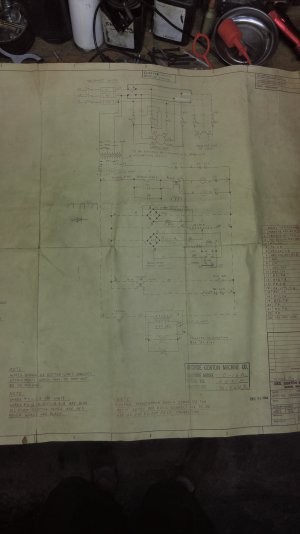
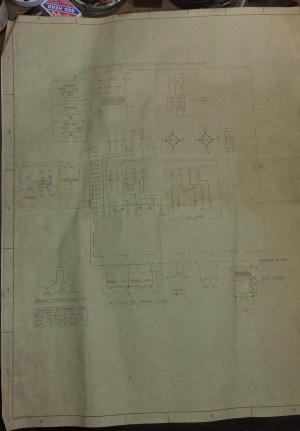
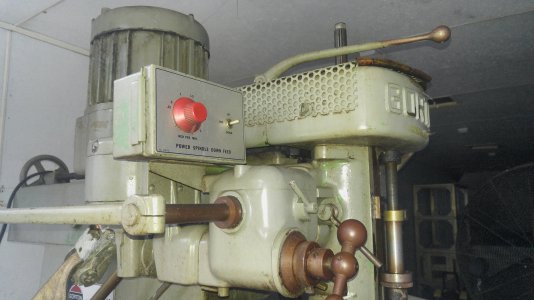
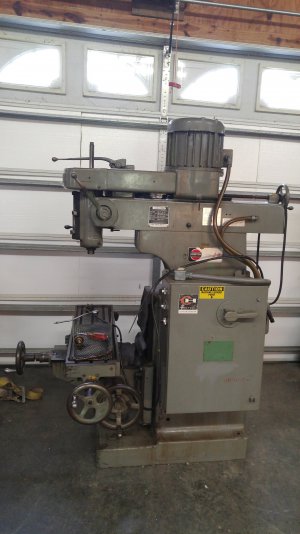
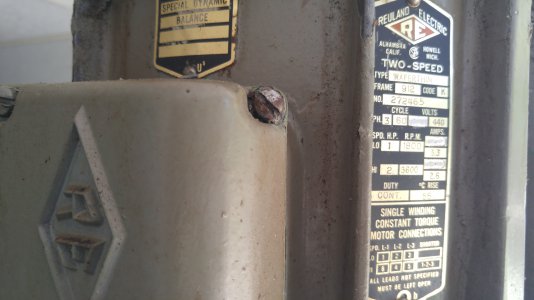
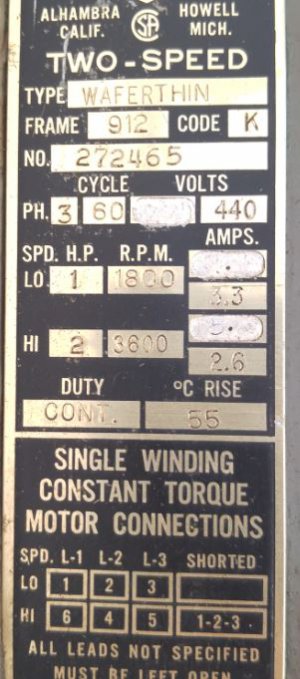
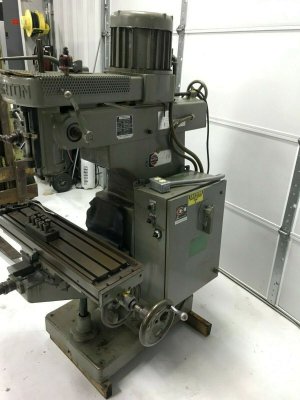
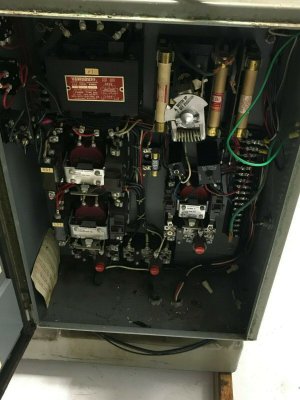
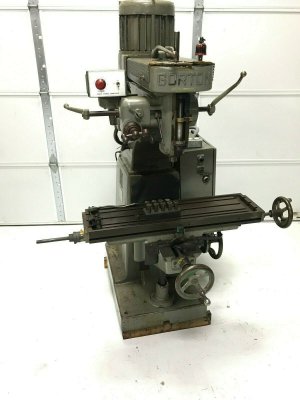
I bought a really nice Gorton 0-16A recently that has a 2hp, 2 speed (1800 and 3600rpm), 440v motor on it. I have taken it to a couple electrical motor shops and they all say it can't be wired to 220v. I have looked into a phase converter and transformer option which is way to expensive. So buying a new motor makes sense to me. The technology is changing so I am also wondering about the DC motor route. Anyway, I don't know where to find a motor that will do the job. It will only be doing the occasional home shop work.
So, essentially, I don't know what I don't know so a push in the right direction would be greatly appreciated!










